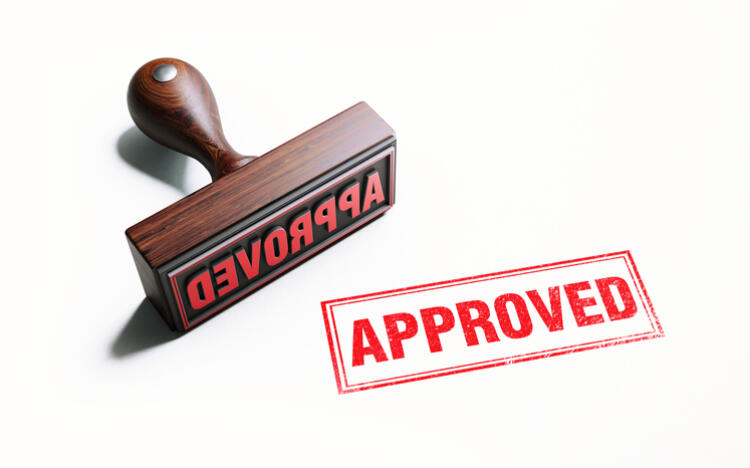All prescription medicines are registered medicines which will have an AUST R number on the label. A medicine is classified as prescription-only because of the potential risk from using it, how it is taken and the potential for it to be used incorrectly.
Read more about how the Therapeutic Goods Administration (TGA) approves prescription medicine.
Remember that non-prescription medicines can also cause side effects and interact with your other medicines.
Some non-prescription medicines have specific rules about their availability.
- Pharmacist-only medicines are stored behind the pharmacist’s counter. You can buy them only after talking to a pharmacist to make sure they are appropriate and safe for you.
- Pharmacy medicines are stored on the open shelves in pharmacies. You do not have to seek advice from a pharmacist before buying them, but if you want advice you can ask for it.
There are also non-prescription medicines that do not fall into either of these categories. For example, over-the-counter (OTC) medicines are available from a pharmacy but some can be sold in supermarkets, grocery stores and health food stores as well. Complementary medicines are in this group.
In some cases, the amount of medicine in a packet affects where and how it can be sold. This means that small packets of some medicines are available in supermarkets and other retail outlets. Bigger packets with more tablets, or higher doses, are available only in pharmacies. For example, supermarkets sell paracetamol in packets of 20 tablets or less, but packets of more than 20 tablets are only sold in pharmacies.
Keeping track of all the medicines you are taking (prescription and non-prescription) is important.
Learn more about why and how to keep a medicines list.

